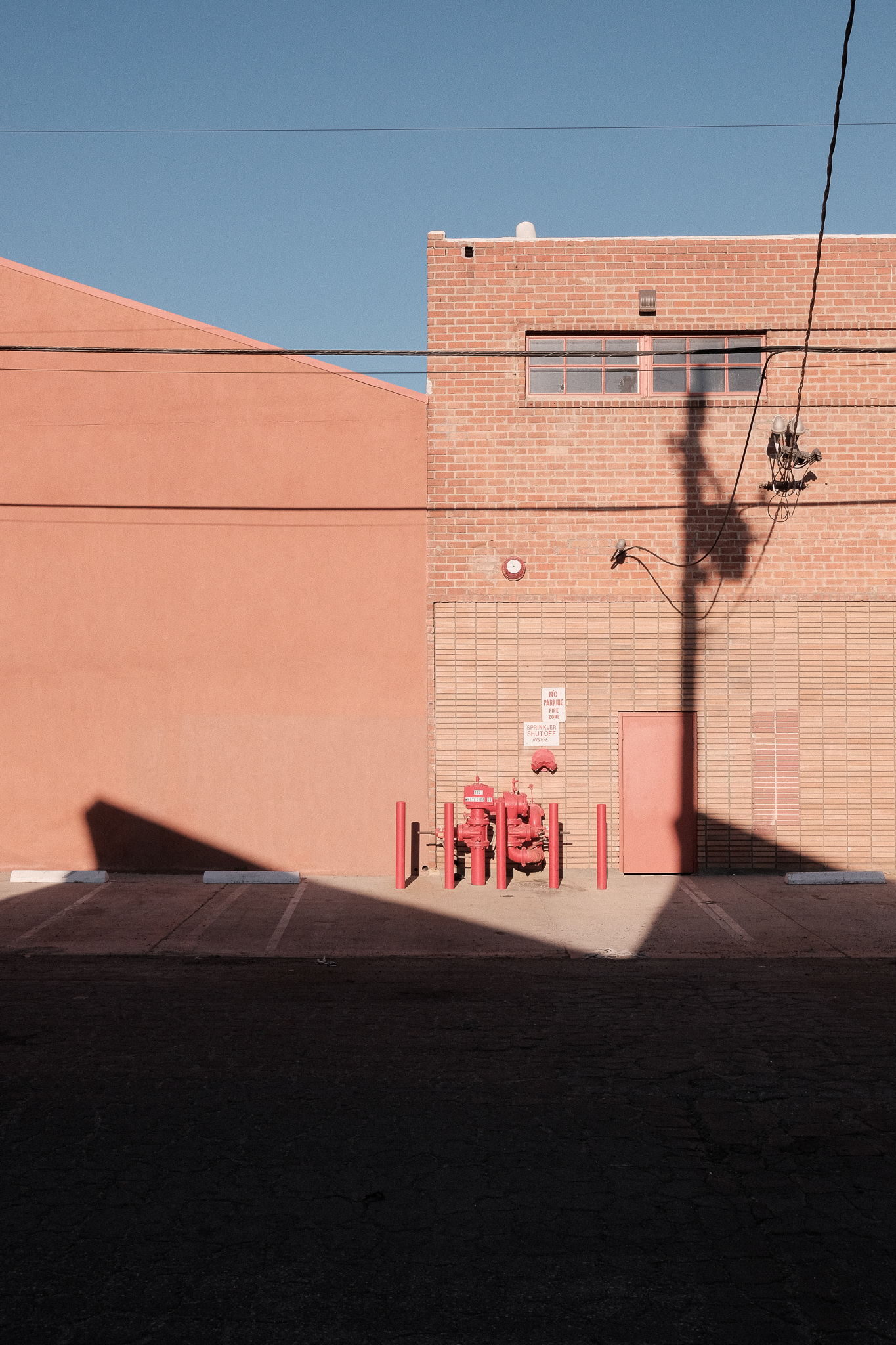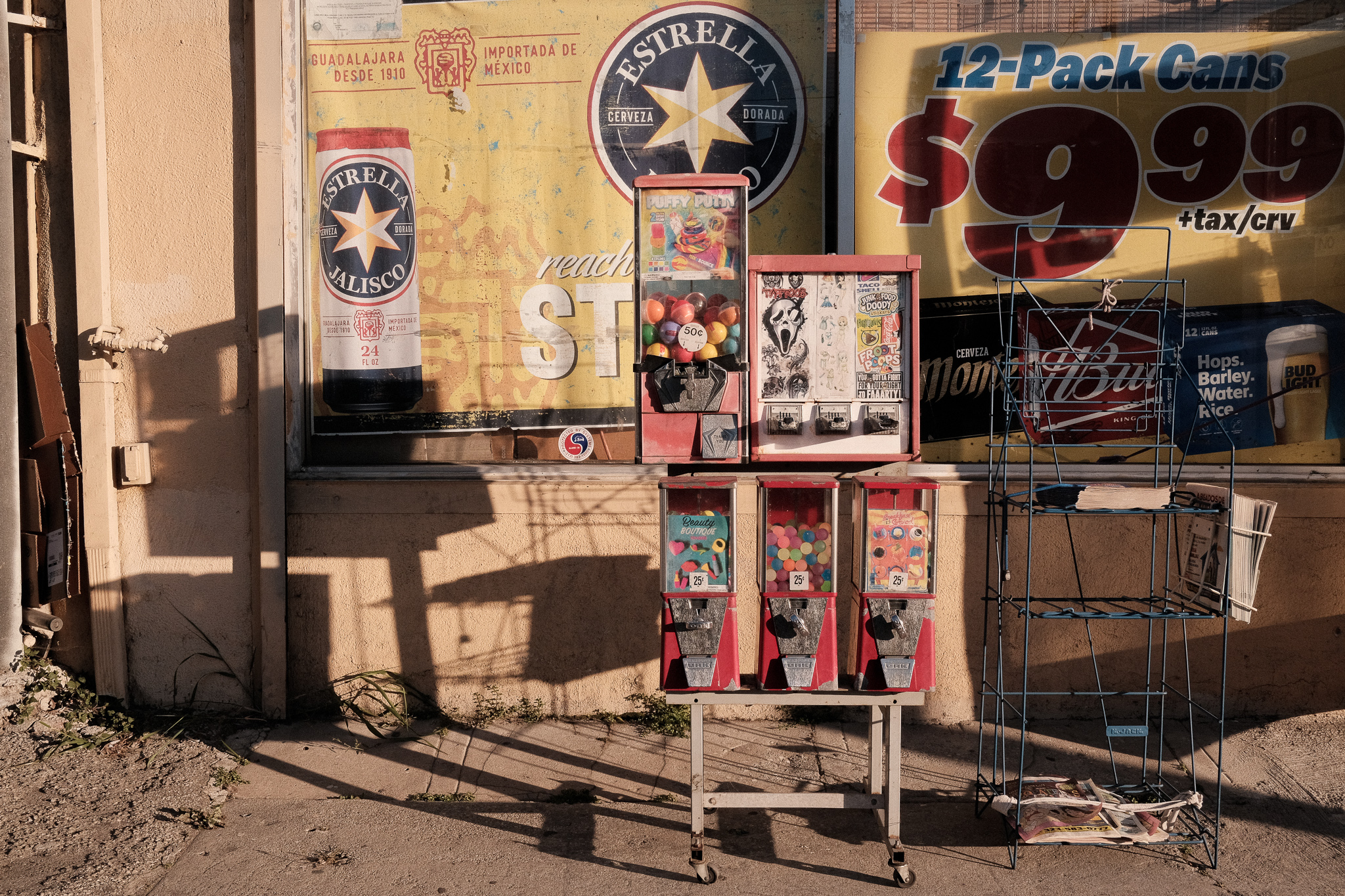o
m
e
Eastside , 2021-
In late 2021 I had the opportunity to spend an extended period staying in East Los Angeles. Growing up in a suburb 60 miles east of the city, East LA was an area I only ever saw from the outside. Landmarks seen in a blur off the freeway, hilly neighborhoods vaguely connected to names on off-ramps. It was a landscape experienced in passing, a place engrained in my memory yet vague and indeterminate. The name itself, East LA, held connotations of low riders, taco trucks and gangs. Connotations constructed from pop culture and, at best, reductive stereotypes. Eastern Los Angeles existed as a threshold, a barrier. It was the periphery, a zone to traverse separating suburb from city. It existed in a parallel world, one that was not for me.
As my walks took me through every corner of the region, the landscape began to take shape in my mind. And yet East LA resisted forming a clear outline in my experiential mental map of the city. The more I walked, the more undefined the area became, and I slowly realized that it is zone constructed from paradox. Neighborhood boundaries have no formal definition, they overlap and blur into each other; often the lived experience of a neighborhood differs from the names assigned on a map. Even the City, as a municipal entity, doesn’t fully consume the region. Certain neighborhoods, including a large area called East Los Angeles, fall outside of the city limits and are unincorporated county urban zones. The nomenclature itself remains vague. Eastside, East LA, East Los, all mean different things to different people (with individual opinions often betraying one’s sociopolitical demographic). It is a region of deep-rooted pride in local identity, with a tumultuous history of inclusion and oppression. Neighborhoods are simultaneously distinct and quintessentially Los Angeles. It is bordered by two rivers and severed by far more freeways. The grotesque unnatural barriers of the freeways are omnipresent, violently separating neighborhoods, often giving one the sensation of being on an island. It’s a landscape of dramatic hills and concrete valleys, neo-mission stuccoed facades among early public housing attempts. It’s a landscape of stunning murals and scribbled gang tags. And, in my walks, it seems to be an area on a precipice, thrust to the forefront of the national conversation around gentrification and urban development.
I am not a cultural anthropologist, a journalist, or an “urban explorer”. They are not uncharted lands to explore. I am not equipped to discuss the culture of the region. Through my walks, and the resulting photographs, I am merely trying to better understand an area I had always overlooked, an area constructed out of interstices, peripheries and paradox. And using the photographic image to convey how this interstitial zone creates a unique interplay of color, shape, texture and light.

























